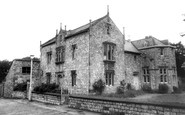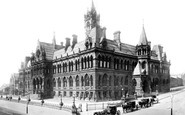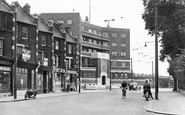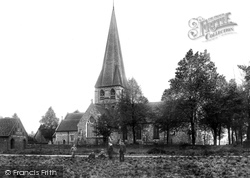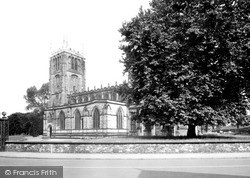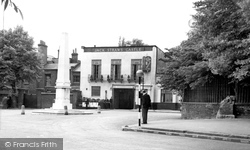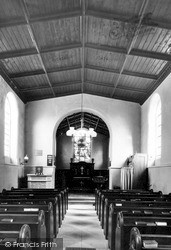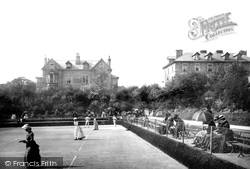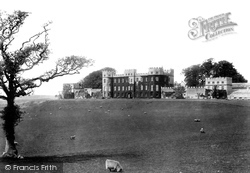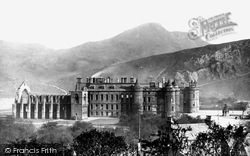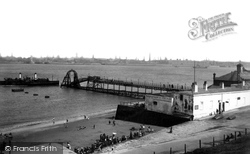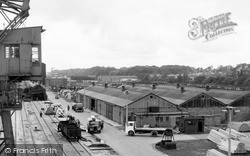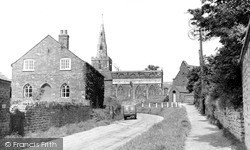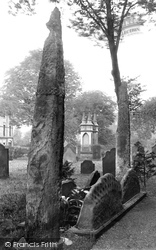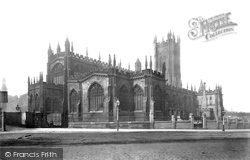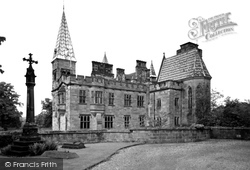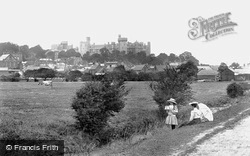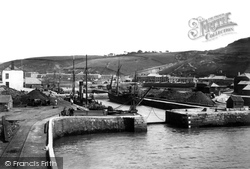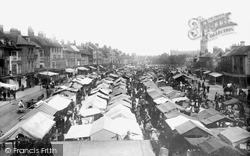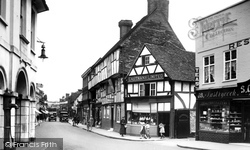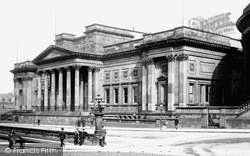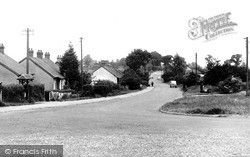Places
Sorry, no places were found that related to your search.
Photos
Sorry, no photos were found that related to your search.
Maps
14 maps found.
Books
Sorry, no books were found that related to your search.
Memories
919 memories found. Showing results 41 to 50.
My Father Bob Barnard Lived In Overton As A Boy. His Words Are Below:
I was born on 29th November 1928, and lived in Southsea in 1939, and during August my parents, little sister, and I went for a short holiday by coach to stay with an Aunt and ...Read more
A memory of Overton in 1940
Henbury Old Boys School And Hallen Vilage School
I was a Junior pupil at this school in 1947 - 1948. Fond memories, as some of my older cousins also attended the school at the same time. Having previously attended Hallen Village School, which ...Read more
A memory of Henbury by
Playing Out At The Court.
As a child, from the age of six until the age of fourteen, I used to live in Manston Street, off Mary Street in an area called Strangeways. My two older brothers were mad on speedway racing and used to visit Belle Vue ...Read more
A memory of Manchester in 1960 by
Part 7
There was no running hot water, no gas, no bathroom and no flushing toilets. Electricity was used for lighting and if you were lucky, a wireless set. Most sets were run from accumulators, a sort of battery, which you had to take to ...Read more
A memory of Middle Rainton in 1945 by
Lucien Road
I lived in Lucien Road for sixty five years until two years ago. My memories start when I was about five with my dear old dad taking me out on his barrow to sell firewood - I thought it was great fun. Also, my mum taking me to haylocks ...Read more
A memory of Tooting in 1948 by
Denham Court
I was at Denham Court from 1958 - 1962. I remember Mr.& Mrs. Hill clearly and they had a son called Stephen and an older daughter whose name escapes me. I remember wheeling barrowloads of coke from near the rose gardens to the ...Read more
A memory of Denham by
Growing Up In Tideswell
Memories abound about my childhood, jumping and leaping like a rabbit at Eastertime. I remember staying at my grandmother's (Norah Gregory, a marvellous woman from the no-moaner generation), or at my Great Aunty ...Read more
A memory of Tideswell in 1976 by
Air Raids
These memories are as fresh in my mind as if they happened last week. Boston had its share of air raids, the first one was on a rainy Monday, it was July, the first day of our summer school holidays. It would be about 7.15 am when we ...Read more
A memory of Boston in 1940 by
Early 1950s
I was born in Dartord where I lived in Stanham Road until I moved at the age of 9 years. Childhood friends I remember are Anthony Artist, Janet Cork, Michael Burville (not sure of spelling of surname). My next door neighbour was the ...Read more
A memory of Dartford in 1953 by
Many Memories
I was born in Madeley in 1951. My father was a coach driver for A.L.Jones of Victoria Road. I spent a lot of my early years sitting on the front seat of the coach, and sometimes on the engine cover next to Dad. I'm sure ...Read more
A memory of Madeley in 1963 by
Captions
138 captions found. Showing results 97 to 120.
The church of St Mary and St Hugh was badly damaged by fire in 1708, which burnt down the spire and melted the bells.
Before it was widened, Market Street was a narrow, crooked and steeply-rising lane; in places it was so narrow that only one cart could pass at a time.
In the 19th century the church was heavily 'restored and improved in a hearty manner' by Sir George Gilbert Scott, a nationally famous architect, but the building still retains its medieval appearance
The pub occupies a picturesque setting on the crown of the hill, and is named after the leader of the Peasants' Revolt of 1381.
George Richardson's early career was spent as a draughtsman in the office of Robert and James Adam, and indeed he was a fine interior designer in the Adam style, providing a number of drawings for Kedleston
These women players are at a considerable disadvantage with their long, billowing dresses and broad-brimmed headgear.
Peter Birt, a wealthy Yorkshireman, bought Wenvoe in 1775 and commissioned Adam to rebuild it. The finished design is similar to Mellerstain Castle, Scotland.
The building of Holyroodhouse was started in about 1500 by James IV; the work continued under James V, who added a new tower and quadrangle.
The once thriving mill closed in 1947, and the Manor House, later used as a brewery, went in 1956. The First School and St Paul's Church were both built in 1838.
This stage was built to replace an original from 1835; it lasted until 1909, when it was replaced. When a tanker hit the pier in May 1932, it took a year to repair it.
Timber had always been one of Preston's main imports.
In 1835 he became a partner of the great Thomas Rickman (1776-1841), the first man to divide the medieval periods into Norman, Early English, Decorated and Perpendicular.
The 'Giant's Grave' in St Andrew's churchyard is a collection of two badly-weathered 10th-century cross-shafts and four Norse 'hogback' tombstones.
These women players are at a considerable disadvantage with their long, billowing dresses and broad-brimmed headgear.
This corner of the Cathedral (the Manchester Regiment Chapel) was badly damaged in the blitz of the Second World War.
The original castle is thought to have been built by Bertram de Verdun, who also founded the Cistercian abbey at Croxden.
In 1835 he became a partner of the great Thomas Rickman (1776-1841), the first man to divide the medieval periods into Norman, Early English, Decorated and Perpendicular.
Roger de Montgomery was a man William the Conqueror could trust.
Portreath was little more than a fishing village until it was chosen by Francis Basset (later Lord de Dunstanville) as an ideal location from which to ship copper ore from the mines around Redruth
This famous east coast resort has been a flourishing fishing port since the Conqueror's times. For centuries it suffered continual silting.
At number 68, on the extreme left, Grimmond's Bakery and teashop is now visible, but Luxford's has become Eastman's the butchers, losing the lovely stained glass decoration from its plain frontage.
The William Brown Library, with its fine portico of six Corinthian columns, was built in 1860 to house the natural history collection of the 13th Earl of Derby; this had been bequeathed to the town in
It was badly damaged by bombing in the Second World War. Originally a simple Norman construction, it was enlarged many times and given a neo-Gothic interior after the War, with broad aisles.
A field known as Joiners Hill on the south corner of St Nicholas Lane at the entrance from High Road is shown on the 1839 Laindon Tithe Map, and it is thought that the route via Laindon High
Places (0)
Photos (0)
Memories (919)
Books (0)
Maps (14)

